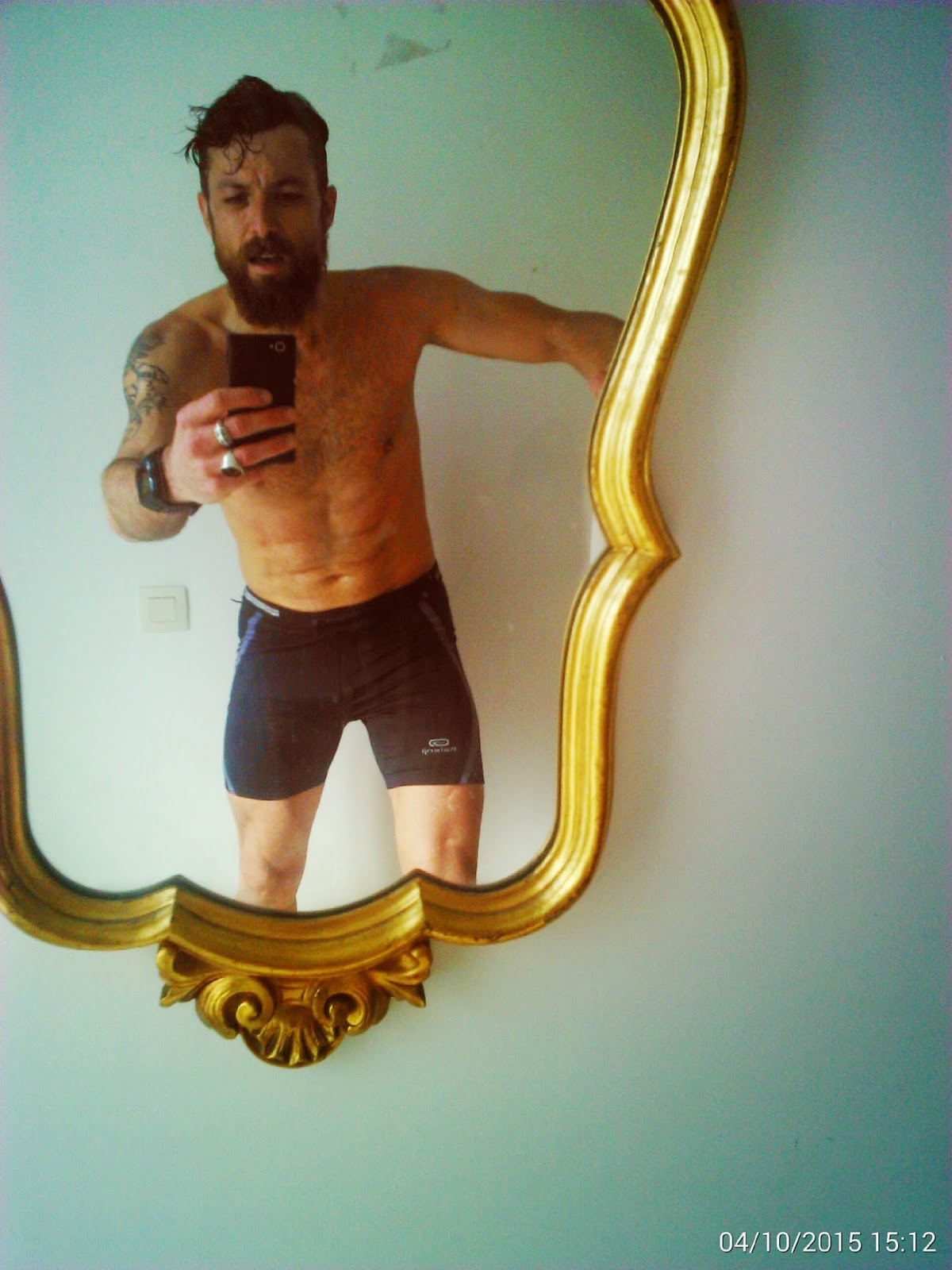The number of injuries I got in the past, thought me that preparing an ultra trail does not only mean running the long distance on the road or hilly&muddy tracks.
Fortunately, it also means creating diversity in the training, strengthening joints, knees, quads, arms. In three words, HITTING-THE-GYM.
This might sound hard but I'm finding it extremely useful and fun.
So here is a summary of what I have been doing for a while.
In order to spend some hours at the gym I had to decrease the mileage per week. My highest priority has been about improving the core muscles that usually kick in after the 40th km.No strength in the muscles after 4 hours of running usually means that it's pretty much over. You heard that, my friends. Over. Finito. Go home.
And you don't want that, do you?
What I am talking here about is the lack of power in muscles that have been put under stress for so long and are demanded to climb those last 1000 meters of elevation.
Here is a program that has been provided by www.iamsofit.com, a team of experts in fitness and nutrition. I clearly advise it for the purpose of getting stronger, faster and more resistant, especially on the very long distance.
Day 1
Deadlifts: 3 series of 12 repetitions at 75% maximal weight
Squats: 3 series of 15 repetitions at 70% maximal weight
Leg-extension: 3 series of 8 repetitions at 90% max
Lunges with barbell on the back of the shoulders (3x10 each leg)
Abs: crunches on the bench with 20 kg weight 4 series of 25 repetitions
plank with side step 3 series of 60 seconds each
Day 2
Pull-ups 3 times until exhaustion
Seated Dumbbell Shoulder Press: 3x12 with 75% max
Bent Barbell Row 3x12 75% max weight
Barbell Push Press 3x8 with 90% max
Abs: Plank with legs on ball (bringing knees to chest) 3 series of 20 repetitions
Russian twist 3 series of 20 repetitions (with ball or weight)
Day 3
(Biceps) Concentration curl with dumbbells 3x8 with 90% max weight
Chest-press 3x8 at max weight
Hammer curl 3 series of 12 repetitions per arm 75% max weight
Cable Crossover 3 series of 12 repetitions at 75% max weight
Abs: crunches on the bench with 20 kg weight 4 series of 25 repetitions
Toe-to-head 3 series of 15 repetitions
The results above are of about one month of workouts.
I am not only seeing my body changing and becoming really dense and strong, but also running hills and intervals in conditions in which I am already tired, is becoming... easier, if you allow me the term.
That's it for today.
See you on the road!















.jpg)




